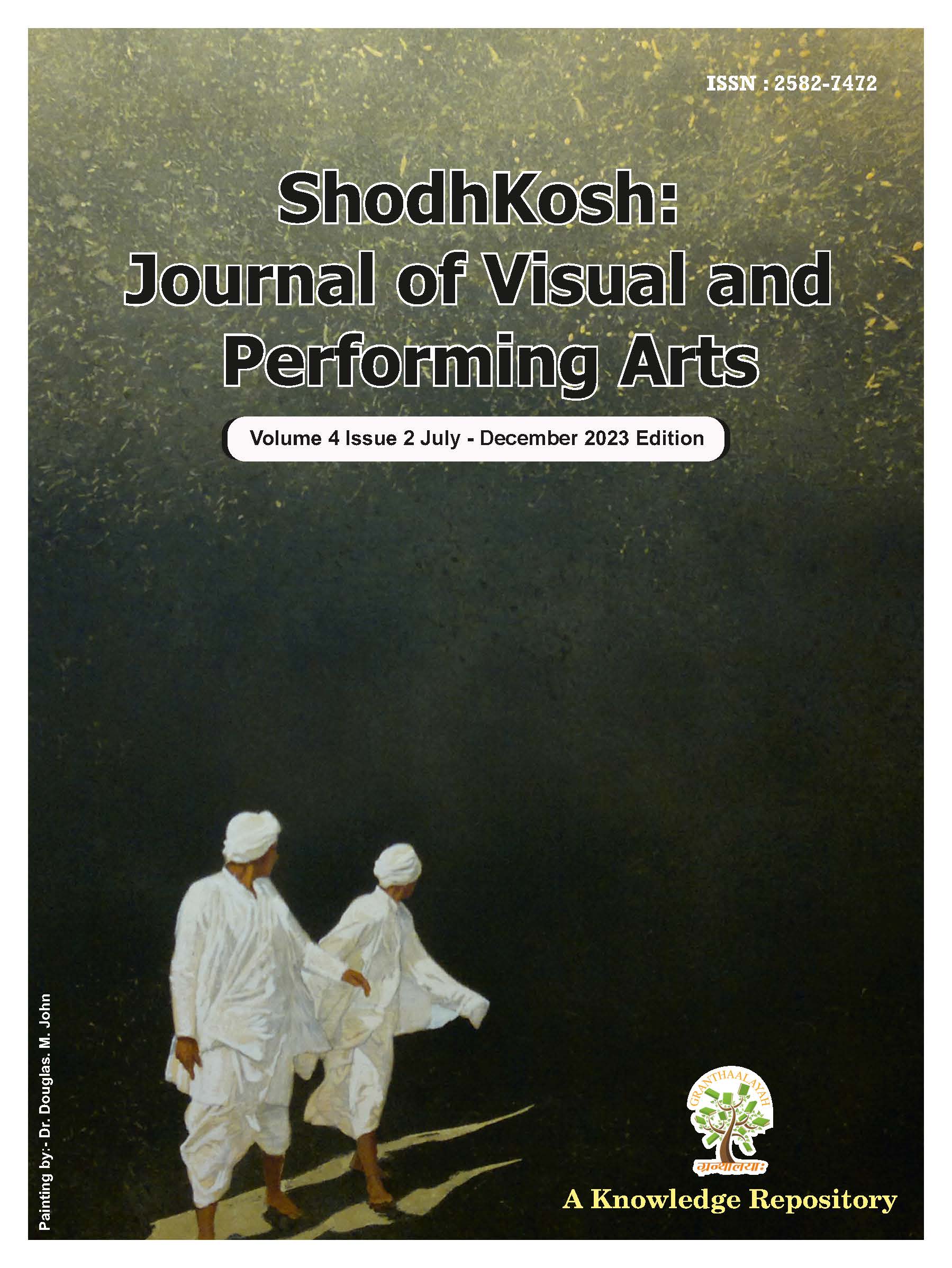CONFLICT AND COEXISTENCE: AN ECOCRITICAL STUDY OF PRINCESS MONONOKE
DOI:
https://doi.org/10.29121/shodhkosh.v4.i2.2023.4978Keywords:
Ecocriticism, Environmental Ethics, Princess Mononoke, Hayao Miyazaki, Human Nature Relationship, Deep Ecology, Anthropocentrism, Coexistence, IndustrializationAbstract [English]
Hayao Miyazaki’s Princess Mononoke presents a compelling narrative that foregrounds the complex relationship between humanity and nature. This ecocritical study explores the film through the lens of environmental literary theory, analyzing the ideological tensions between industrial progress and ecological preservation. The film’s portrayal of characters such as Ashitaka, San, and Lady Eboshi illustrates the nuanced moral positions that defy simple binaries of good versus evil. Through its rich symbolism, animistic worldview, and interwoven human and non-human agency, Princess Mononoke offers a powerful commentary on coexistence, environmental ethics, and the consequences of ecological imbalance. This paper examines how the film reflects deep ecological concerns while also proposing a model of symbiosis rather than dominance. It also discusses how Miyazaki critiques anthropocentrism and advocates for a more sustainable, interconnected worldview.
References
Buell, Lawrence. The Environmental Imagination: Thoreau, Nature Writing, and the Formation of American Culture. Harvard University Press 1995. Foundational Eco criticism text useful for theoretical framework.
Saito, Ayako. “Echoes of Animism and Ecological Thinking in Japanese Anime: Miyazaki’s Work in Context.” East Asian Journal of Popular Culture, vol. 4, no. 2, 2018, pp. 139–154.
Denison, Rayna. “The Global Markets for Anime: Miyazaki Hayao’s Spirited Away (2001).” Media, Culture & Society, vol. 32, no. 4, 2010, pp. 589–604.
Iverson, William. Ecological Literacy: Education and the Transition to a Postmodern World. State University of New York Press, 1995.
Yasue, Tetsuya. “Nature and Spirit in Miyazaki’s Princess Mononoke.” Animation Studies Online Journal, vol. 6, 2011.
Martinez, Dolores P., vol. 14, no. 2, pp. 307–325
Wright, Lucy, vol. 38, no. 2, pp. 357–385
Brown, Steven T., vol. 1, pp. 61–77
Friedman, Lester D., vol. 67, no. 3-4, pp. 17–28
Denison, Rayna, vol. 32, no. 4, pp. 589–604
Downloads
Published
How to Cite
Issue
Section
License
Copyright (c) 2023 Basheer V P

This work is licensed under a Creative Commons Attribution 4.0 International License.
With the licence CC-BY, authors retain the copyright, allowing anyone to download, reuse, re-print, modify, distribute, and/or copy their contribution. The work must be properly attributed to its author.
It is not necessary to ask for further permission from the author or journal board.
This journal provides immediate open access to its content on the principle that making research freely available to the public supports a greater global exchange of knowledge.































